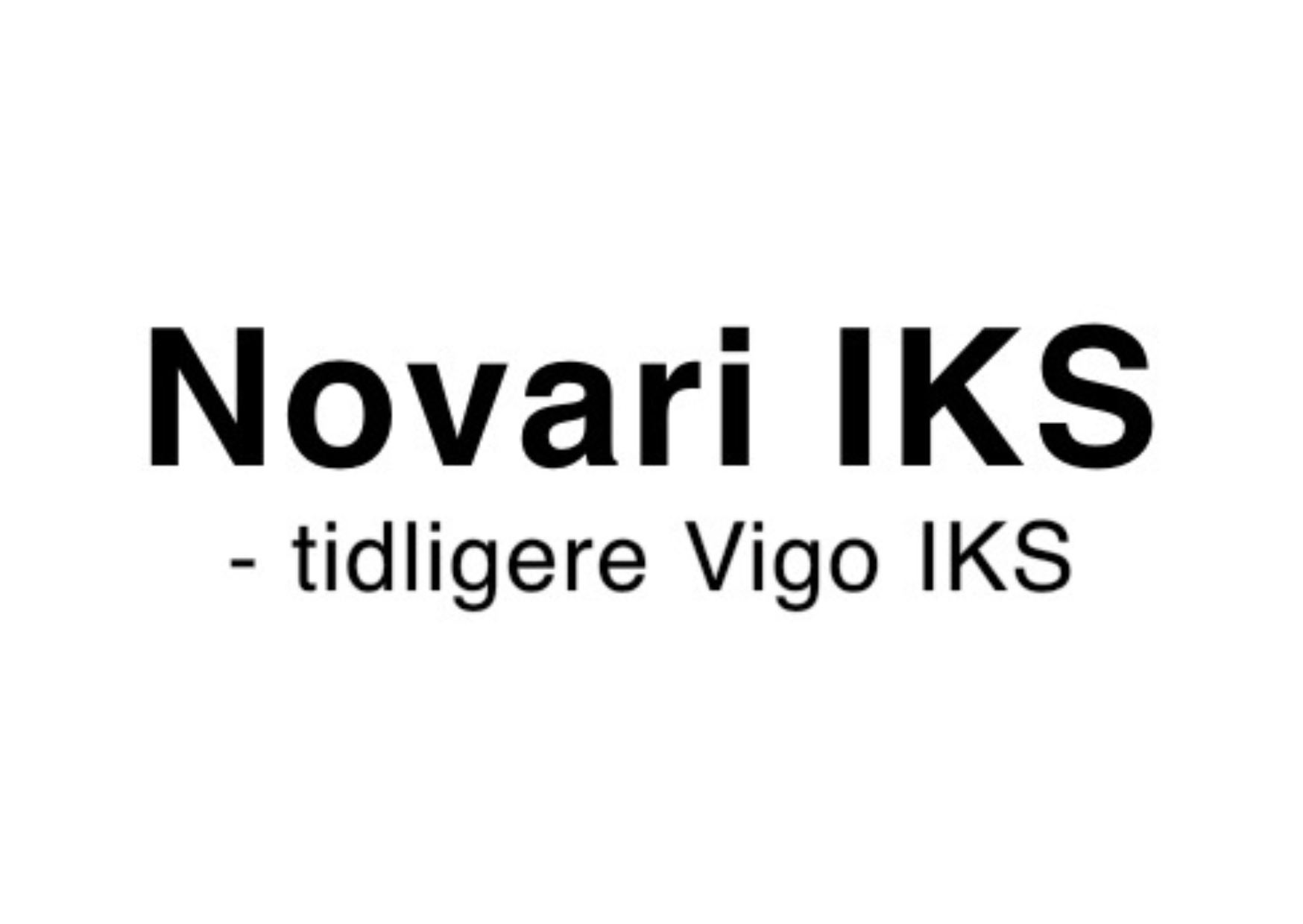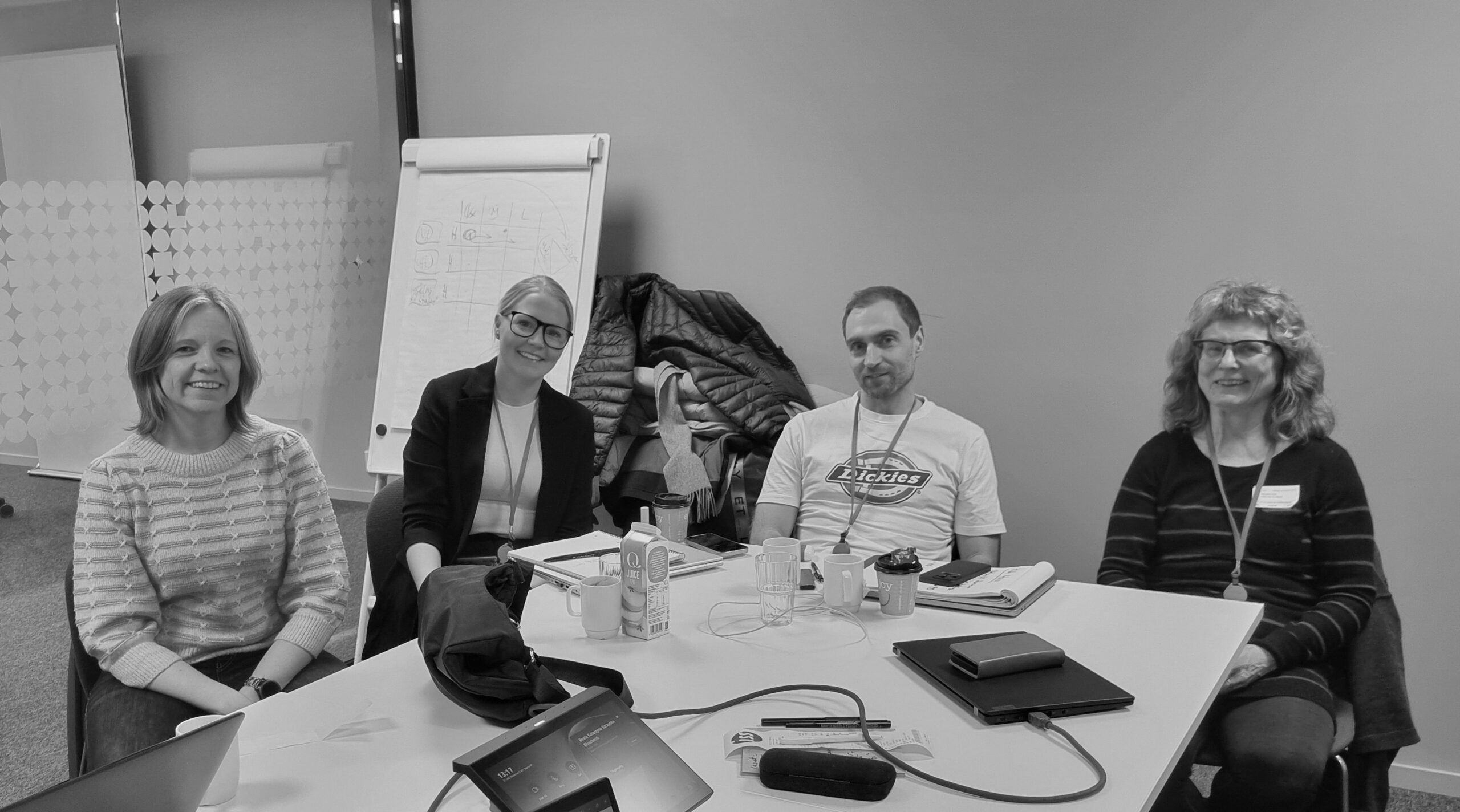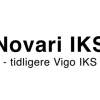The aim of the pilot is to test whether the demand management process works as intended, and to provide Novari IKS with a basis for assessing what needs we have before we possibly take on a process manager responsibility in the demand management process. The plan for anchoring, implementing and further developing the process will be submitted to the county council in August, and Novari's need to take on the role of process manager will be included here.
Just before the winter break, representatives from Trøndelag County Council and Novari IKS met in Oslo to start work. The first day was spent getting to know each other, the case and the demand management process. On day two, we planned the way forward.
The case from Trøndelag County Council
Nina Otterbekk and Øyvind Vikan from Trøndelag County Council have described the challenges associated with the transition from primary school to upper secondary education. This is a topic that encompasses many issues and stakeholders. Dropping out of upper secondary education costs society large sums of money every year, and poor choices are one of the reasons why young people drop out. This has major consequences at both individual and societal level.
Trøndelag County Council has therefore begun to ask questions about what can be done to help secondary school pupils make more informed educational choices. Pupils, parents, advisers and others currently have access to several different systems that each contain a lot of information. One of the questions Trøndelag asks is whether these can be viewed more coherently and used more effectively.
Although the challenges have been described and Trøndelag has some hypotheses related to this, they want to spend time exploring and defining what the real problem is. The report User-oriented public innovation - advice and experiences from the front line (Stimulab report 2020:2) states that "more time to make the right diagnosis simply results in more precise medication. The time invested here also makes the development phase more accurate and efficient. And the more complex the issues are, the more important it is to invest time in the diagnosis phase - and to gather the project participants around a common understanding of the problem".
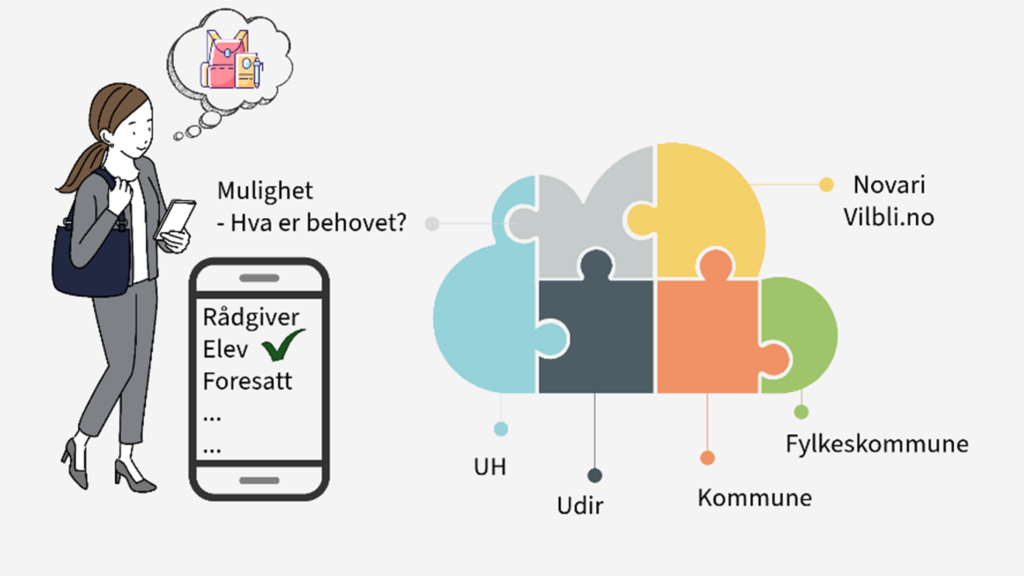

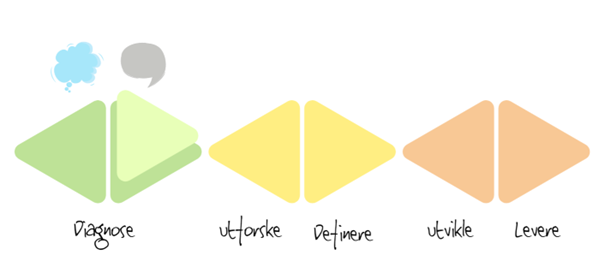
Novari's assessment of the case
Novari IKS considers the case from Trøndelag to be a good case to pilot. The consequences of wrong choices and dropouts for society as a whole, but not least for the individual student, are significant, and the case therefore has great potential benefits. It is also a good starting point for looking at the connection between services in the public sector across administrative levels, which is in line with the government's ambition of a single digital public sector.
The demand management process is a pioneering and maturing process
Novari went through the demand management process for the representatives from Trøndelag. In this review, a number of prerequisites were pointed out for the demand management process to work for the counties:
- What do the counties themselves need to do in their own organization before reporting a problem or need to Novari?
- What reception apparatus must be ready in Novari to receive the input, and what expertise is required?
- What if a county council experiences a problem but has not been able to formulate or identify specifically what the problem is? Can and should Novari be a reception system and a sparring partner in such cases?
- How can Novari provide good guidance along the way so that the proposers feel confident in the process?
- How can Novari ensure good communication with the county councils, and how can good internal communication in the individual county councils be ensured? It is important that communication works, as good communication builds a common understanding and can clarify what expectations users may have of the demand management process.
- How can we ensure that the county councils' collegial structure plays an active role in the demand management process? This is a prerequisite for the counties to succeed in their digitalization efforts.
- How can we best approach how other public sector actors work with needs and service development? KS has developed the Roadmap for Service Innovation and the Norwegian Directorate of Digitization, DOGA and Stimulab have based their work on well-known methods from service design and design-driven innovation. We find elements of the Roadmap for Service Innovation and Stimulab's method in the needs management process, but it is put together in a different order and with slightly different content. For public actors seeking cross-sector collaboration, it would be most appropriate if the process around service development is as similar as possible, so that you can follow step by step regardless of whether you work with KS, Stimulab and/or Novari. We believe it is wise for the demand management process to be more closely aligned with the aforementioned methods, as long as we preserve the distinctiveness of demand management.
The review of the needs management process was very useful, and we see that time is being set aside for testing. We need to move slowly to ensure that our work is well anchored in the other county councils and the City of Oslo. As in all other change processes, we see that managerial support is particularly important for success. At the same time, we must also realize that change work is a maturing process that will take time.
The way forward
On day two of the meeting, the case was put in the context of the demand management process, and we discussed the way forward. A good and thorough insight work is necessary to identify the real problem, so that we have the right basis for working on solutions. Trøndelag County Council knows that several counties have done some work on the topic, and therefore wants to start the insight work by looking at what has been done before. For example, a survey of pupils' wishes and needs for counseling services has been carried out in the former Vestfold and Telemark counties. In addition, projects have been carried out at other administrative levels on the same topic. This type of insight must be brought to the table.
The first step on the road ahead is to start the work of seeking insight and involving the rest of the county councils and other stakeholders. In this first phase, it is important to establish a common understanding among those participating in the project, and where all stakeholders' roles are visible and understood.
Want to hear more about the pilot of the demand management process?
Send an email and register your interest to Anne Mette Dørum at Novari IKS
Thanks to the City of Oslo and UKE
Finally, we would like to thank Bjørn Marthinsen, Director of the Development and Competence Agency, and Beate Elyachouti of the City of Oslo, for lending us a great meeting room for the pilot group. Their service attitude and hospitality provided a good starting point and a good framework for our two days in Oslo.
Caption highlighted image: From left, project manager for the planning phase of the demand management project, Agnes Gullingsrud Fjeldstad, proposer from Trøndelag County Council, Nina Otterbekk. Head of the program for innovation and digitalization, Øyvind Vikan. Special advisor at Novari IKS, Anne Mette Dørum. Vanja Valjord Christensen, from Novari IKS, is the photographer.
You can read a previous article about the demand management process here.
Written by:
Vanja Valjord Christensen and Anne Mette Dørum (Novari IKS)
Nina Otterbekk and Øyvind Vikan (Trøndelag County Council)
